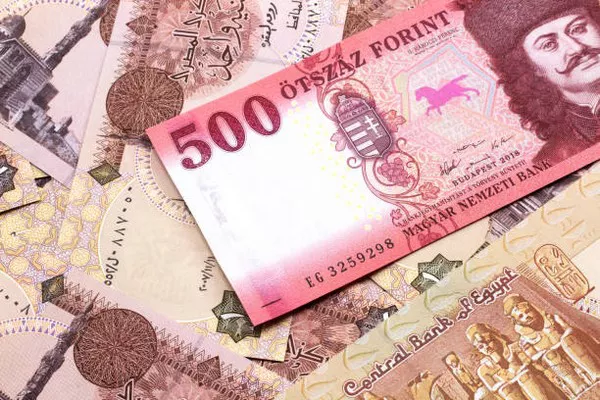In early European trading on Tuesday, the pound fell back to around 1.2980 against the U.S. dollar due to a slight rebound in the U.S. dollar, ending three consecutive gains. In the absence of top UK data releases later this week, USD price dynamics will be the main driver for GBP/USD. Market focus will be on Friday’s speech by Federal Reserve Chairman Jerome Powell.
Last week’s UK inflation and employment reports gave support to the Bank of England (BOE) keeping interest rates steady at 5.0% at its upcoming September meeting. IBOSS chief economist Rupert Thompson pointed out: “The Bank of England is most likely to keep interest rates unchanged at its next meeting in September, and the next interest rate cut will have to wait until November.” The Bank of England is more likely to cut interest rates than expected This could put pressure on Sterling (GBP) in the short term.
However, the U.S. dollar (USD) upside may be limited due to the dovish stance of Federal Reserve officials. Minneapolis Federal Reserve President Neel Kashkari said on Monday he was open to a U.S. interest rate cut in September as the likelihood of excessive labor market weakness is rising.
Meanwhile, Chicago Federal Reserve President Austan Goolsbee said on Sunday that the U.S. economy is showing no signs of overheating and therefore Fed officials should be wary of maintaining restrictive policies longer than necessary. Traders have put the chance of a 25 basis point (bps) rate cut at the September meeting at about 77%, according to the CME FedWatch tool. Later on Tuesday, investors will get more clues from speeches by Fed Raphael Bostic and Michael Barr. Any dovish comments from Fed officials could weigh on the dollar and help limit losses in the GBP/USD pair.


